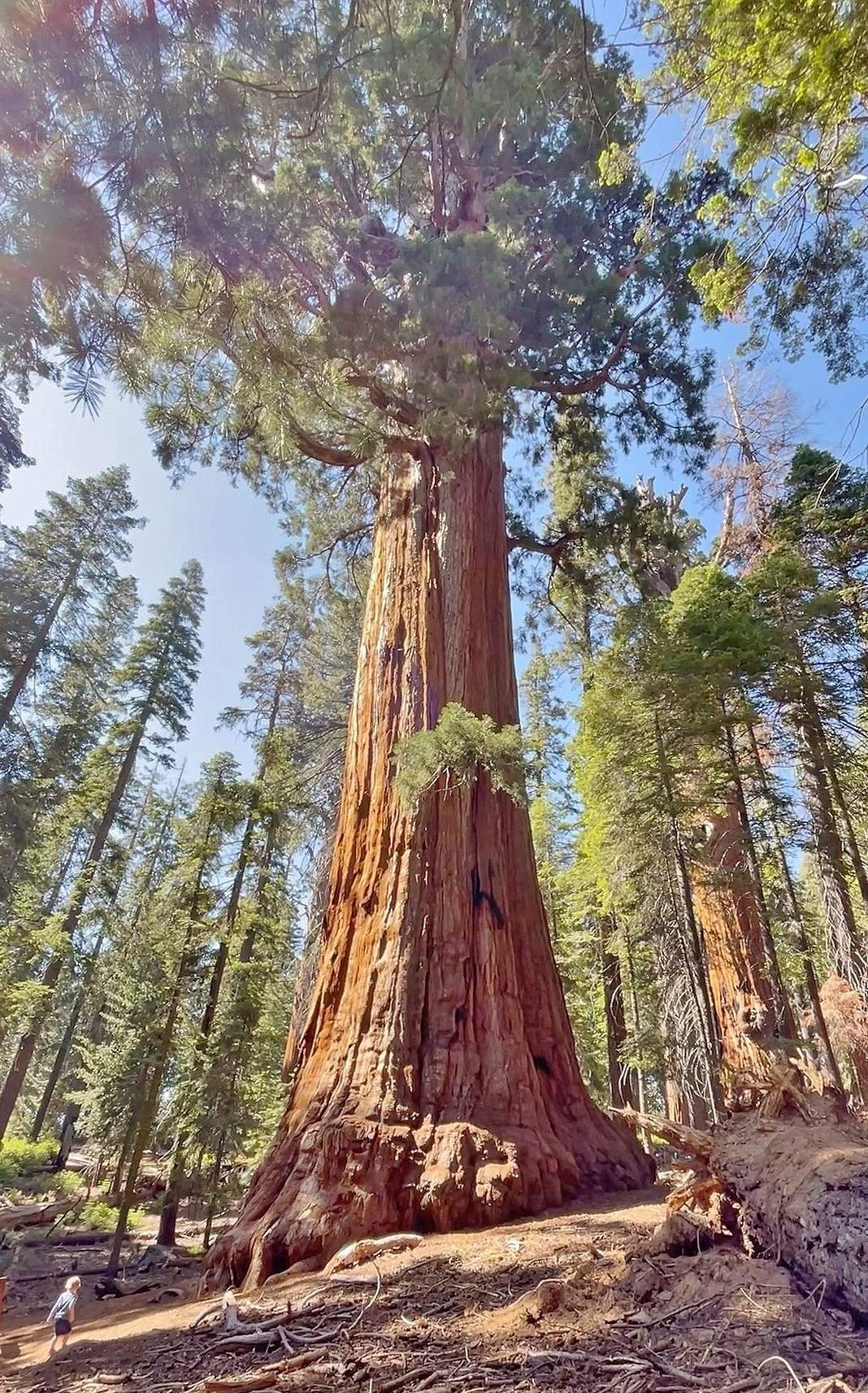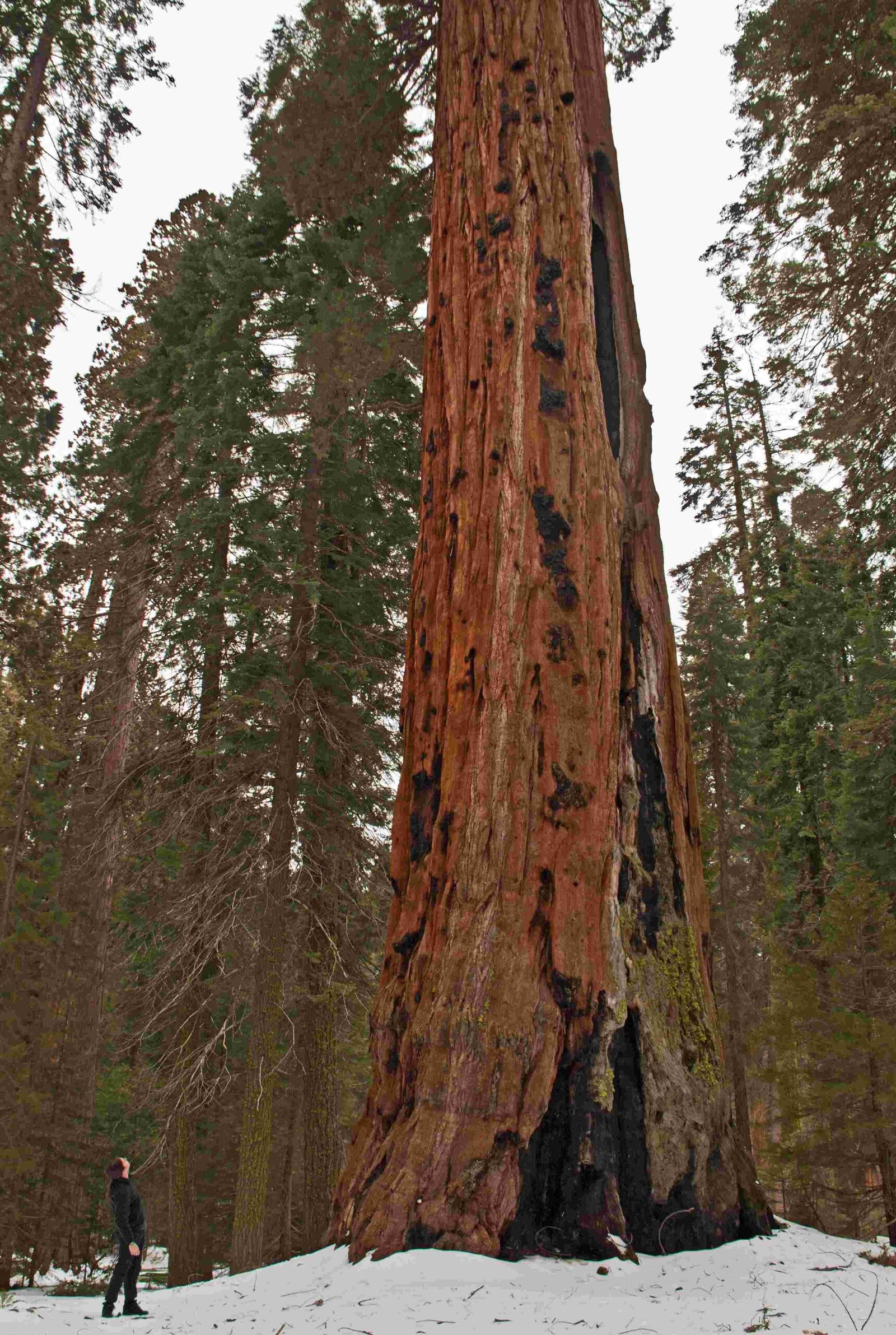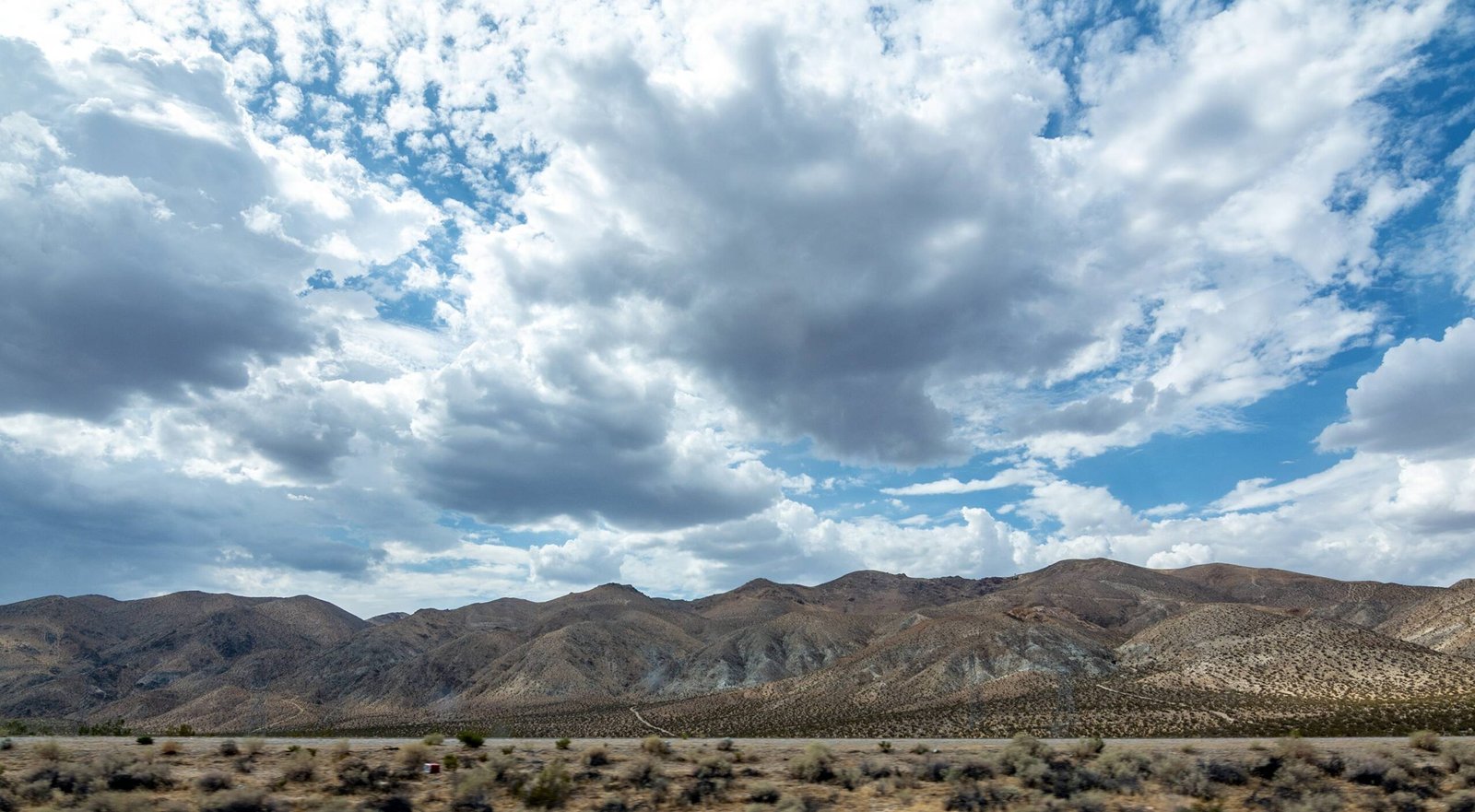Mount Whitney, located in Sequoia National Park, California, USA, is the highest peak in the contiguous United States, standing at an impressive 14,494 feet (4,418 meters). This majestic mountain attracts thousands of hikers and climbers annually, offering breathtaking views and challenging trails. Situated within the Sierra Nevada mountain range, Mount Whitney is a testament to the raw beauty and grandeur of California’s natural landscapes.
What Makes Mount Whitney Unique?

Mount Whitney’s distinctive features include:
- Highest peak in the contiguous United States
- Located in Sequoia National Park, known for its giant sequoia trees
- Part of the Sierra Nevada mountain range
- Offers diverse hiking trails for various skill levels
- Requires permits for both day hikes and overnight trips
What Are the Main Hiking Trails to Mount Whitney?

Mount Whitney Trail via Whitney Portal
This is the most popular and direct route to the summit:
- Length: 22 miles round trip
- Elevation Gain: 6,100 feet
- Difficulty: Strenuous
- Starting Point: Whitney Portal (8,360 feet)
- Notable Features:
- Rocky switchbacks
- Sheer cliffs
- Flowing waterfalls
- Potential need for ice axes and crampons in spring and early summer
High Sierra Trail to Mount Whitney
For those seeking a longer, more immersive experience:
- Length: Approximately 75 miles one way
- Starting Point: Crescent Meadow in Sequoia National Park
- Difficulty: Very challenging
- Duration: Minimum 6 days
- Highlights:
- Giant sequoia forests
- Mountain lakes
- Kern River Valley
- Extended time above 10,000 feet altitude
How Do I Obtain Permits for Mount Whitney?
Permits are essential for hiking Mount Whitney. Here’s what you need to know:
- Day Use Permits:
- Required for day hikes
- Limited availability
-
Can be reserved online in advance
-
Overnight Permits:
- Necessary for multi-day hikes
- Also limited in number
-
Should be reserved well in advance
-
Reservation Window:
- Up to 6 months in advance
-
Some walk-up permits available daily (subject to change)
-
Costs:
-
Fees apply (check the Sequoia and Kings Canyon National Park website for current prices)
-
Additional Requirements:
- Wag bags for waste disposal on overnight hikes
What Are the Geographical and Environmental Factors to Consider?
Understanding the terrain and conditions is crucial for a safe and enjoyable experience:
- Summit Elevation: 14,494 feet (4,418 meters)
- Elevation Gain: 6,100 feet from Whitney Portal to summit
- Altitude Sickness:
- Risk increases above 13,600 feet at Trail Crest
- Symptoms may include headache, nausea, and dizziness
- Weather Conditions:
- Snow possible in spring and early summer
- Significant temperature variations between day and night
- Trail Conditions:
- Rocky switchbacks
- Sheer cliffs
- Flowing waterfalls
- Potential snow cover on upper portions
Where Can I Camp Near Mount Whitney?
Several camping options are available along the trail:
Trail Camp
- Distance: 10 miles from Whitney Portal, 6 miles from summit
- Amenities: Water access, limited shade
- Requirements: Bear canisters for food storage
Consultation Lake
- Location: Slightly before Trail Camp
- Amenities: Water access
- Note: Can be challenging to locate in darkness
Outpost Camp and Mirror Lake
- Distance: Outpost Camp is 3.5 miles from trailhead
- Amenities: Water access
- Note: Easy to miss in low light conditions
All camping sites are included in the overnight permit and don’t require separate reservations.
What Should I Pack for a Mount Whitney Hike?
Essential items for your Mount Whitney adventure:
- Proper hiking boots
- Layered clothing (including warm layers)
- Sun protection (hat, sunscreen, sunglasses)
- Plenty of water and water filtration system
- High-energy snacks and meals
- First aid kit
- Navigation tools (map, compass, GPS)
- Headlamp with extra batteries
- Emergency shelter
- Ice axe and crampons (if hiking in snow conditions)
How Can I Prepare for High Altitude?
Preparing for the high altitude of Mount Whitney is crucial:
- Acclimatization: Spend a day or two at higher elevations before your hike
- Hydration: Drink plenty of water before and during your hike
- Pace: Take it slow and steady, especially as you gain elevation
- Medication: Consider altitude sickness medication (consult with a doctor)
- Recognition: Know the symptoms of altitude sickness and be prepared to descend if necessary
What Is the Best Time to Hike Mount Whitney?
The optimal hiking season for Mount Whitney is typically:
- Summer: July to September
- Pros: Warmer temperatures, less snow
-
Cons: More crowded, harder to get permits
-
Late Spring/Early Fall: May-June or October
- Pros: Less crowded, easier to get permits
- Cons: Potential for snow, colder temperatures
Choose your hiking time based on your experience level and comfort with various weather conditions.
Mount Whitney in Sequoia National Park, California, USA, offers an unforgettable hiking experience for those prepared to take on its challenges. With proper planning, preparation, and respect for the mountain’s environment, reaching the summit of Mount Whitney can be a truly rewarding achievement.

